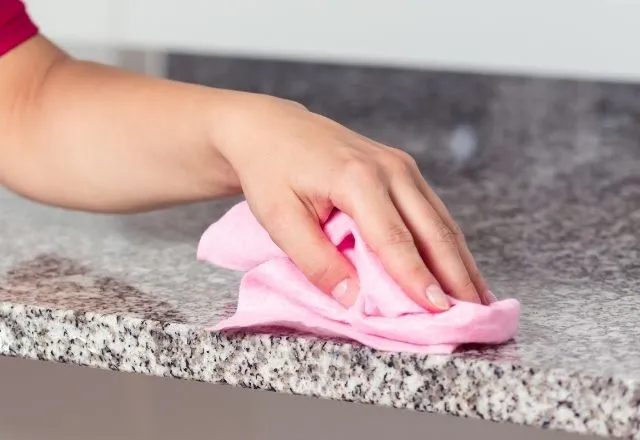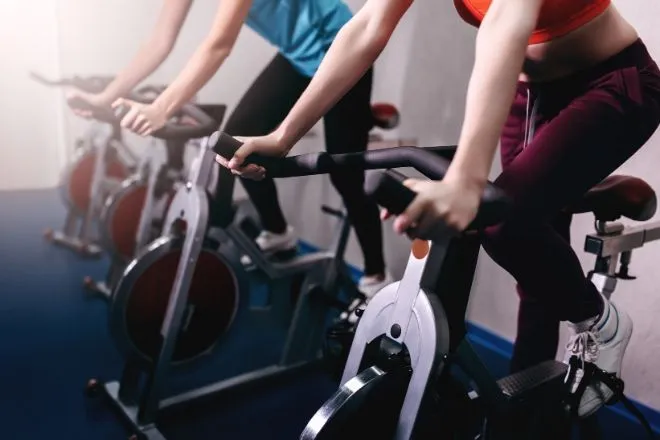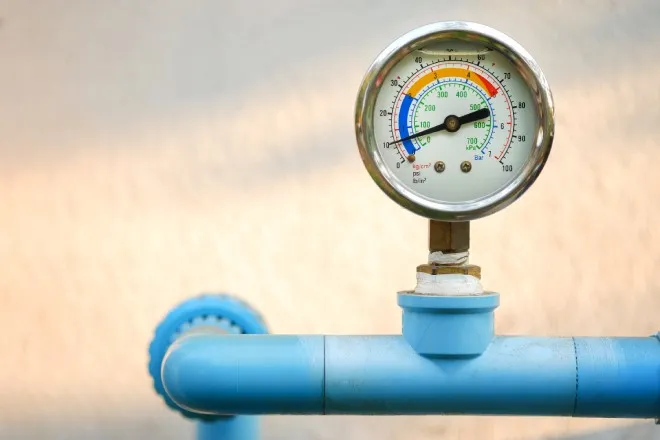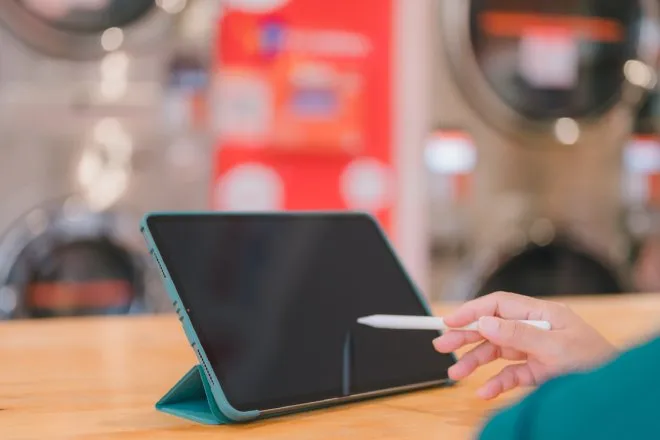
How To Choose a Sewing Machine for Yourself
©
Welcome to the world of sewing! Whether you’re a beginner sewer, a DIY enthusiast, or a passionate crafter, choosing the right sewing machine can set you on a creative path. This guide will help you understand the essentials of selecting a machine that fits your needs and budget.
Understand Your Needs
Before you buy anything or invest your hard-earned money, think about what you’ll sew and the magnitude of projects you’re trying to achieve. Will you mainly do basic repairs, make home crafts, or design your own clothes?
Your projects will heavily influence your choice of sewing machine. For those who plan to sew simple curtains or mend clothes, a basic machine might suffice. In contrast, intricate quilting or making detailed garments may require a more advanced model.
Budget Considerations
Setting a budget is critical. It’s easy to overspend on a machine without creating a realistic financial boundary. You don’t have to spend a fortune to get a reliable machine; plenty of quality models are available at various price points.
Beginners can start with an affordable machine that offers basic functions without the overwhelming extras. Remember, the goal is to find a machine that provides good value for money, balancing its cost with necessary features.
Learn About Machine Types
Deciding between computerized vs. mechanical sewing machines is challenging. Mechanical machines are straightforward, often less expensive, and perfect for basic tasks.
Computerized models offer more versatility with features like programmable stitches and touch screens. They’re typically more expensive but provide more options for creativity as your skills grow.
Assess Key Features
When choosing a sewing machine, consider essential features like the number of stitches, speed control, and needle positioning. A machine with a variety of stitches can enhance your projects and allow for creativity and efficiency.
Speed control manages your sewing pace, which is especially important for beginners. Needle positioning aids in precision work, which you’ll find crucial for detailed projects.
Ergonomics and Space
Think about where you’ll keep your sewing machine. Your space will determine the size and portability of the machine you can accommodate.
If you have a dedicated sewing room, a larger model with a heavy-duty frame might work well. For smaller spaces or those who will move their machine often, a compact, lightweight option is best.
Research and Reviews
Before buying, research and read reviews to find a machine that suits your needs. Online platforms and sewing communities offer valuable insights and firsthand experiences.
Engaging with other sewers or participating in support grounds provides real-world advice and may help you avoid some of the most common pitfalls. Learning from others will guide you toward finding a machine that serves your needs best.
Choosing the right sewing machine involves understanding your sewing needs, setting a realistic budget, and researching your options. By considering these factors, you’ll find a machine that meets your current needs while growing with your skills. Happy sewing, and may your new machine inspire endless creativity!

















